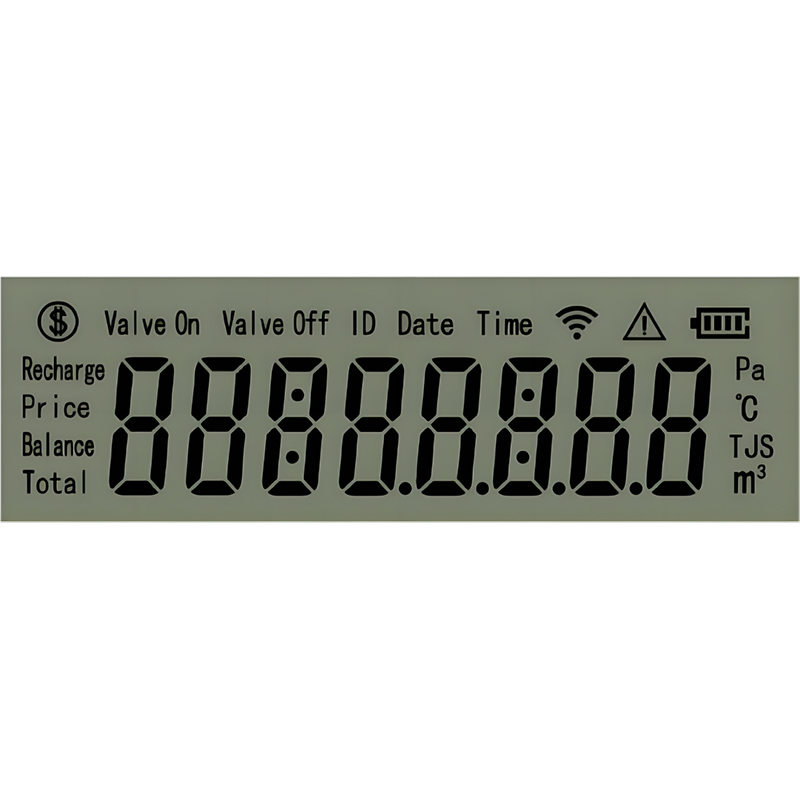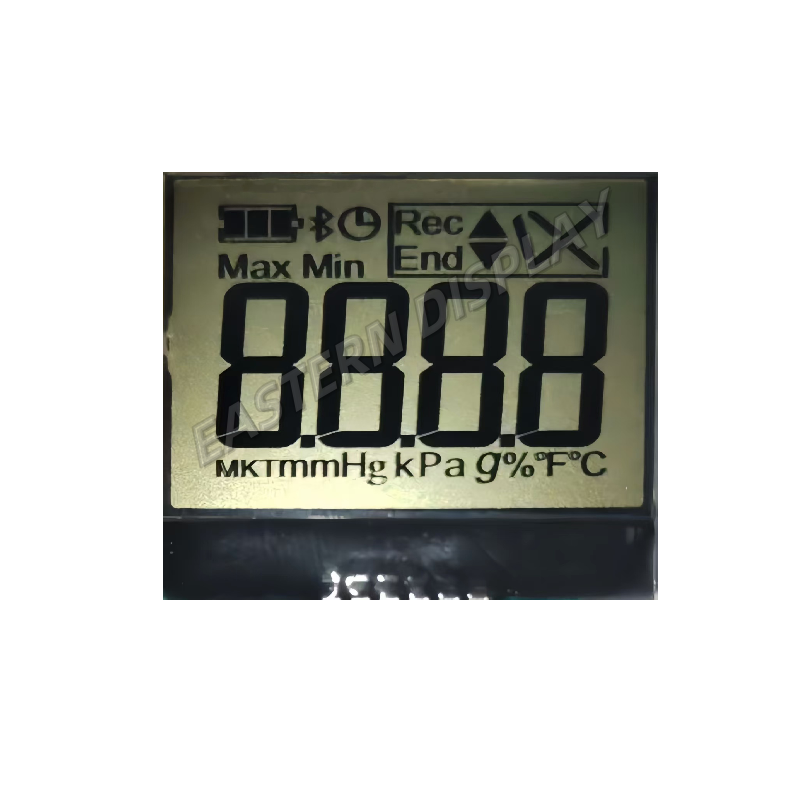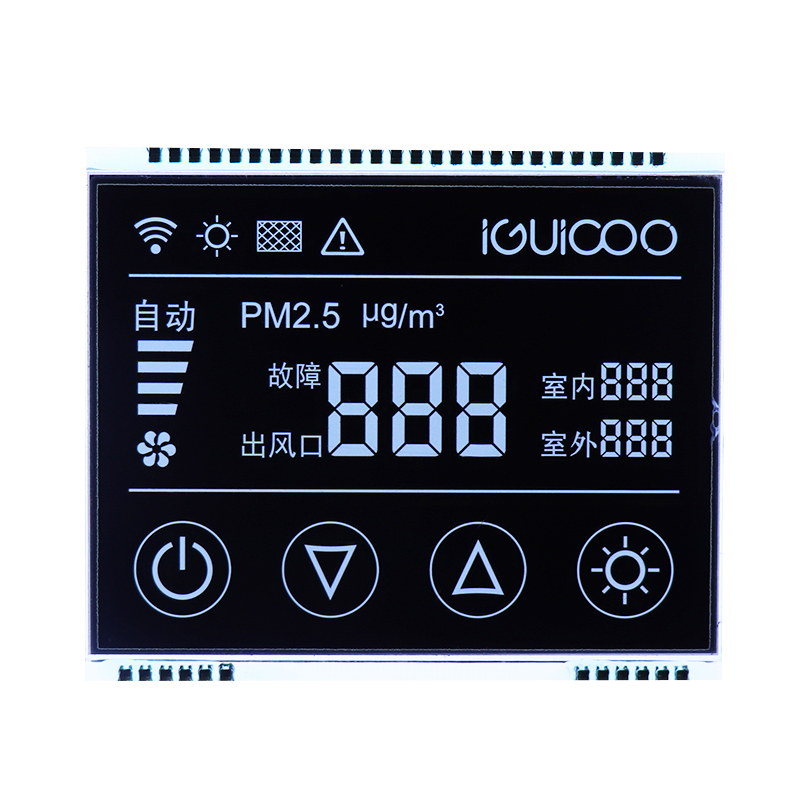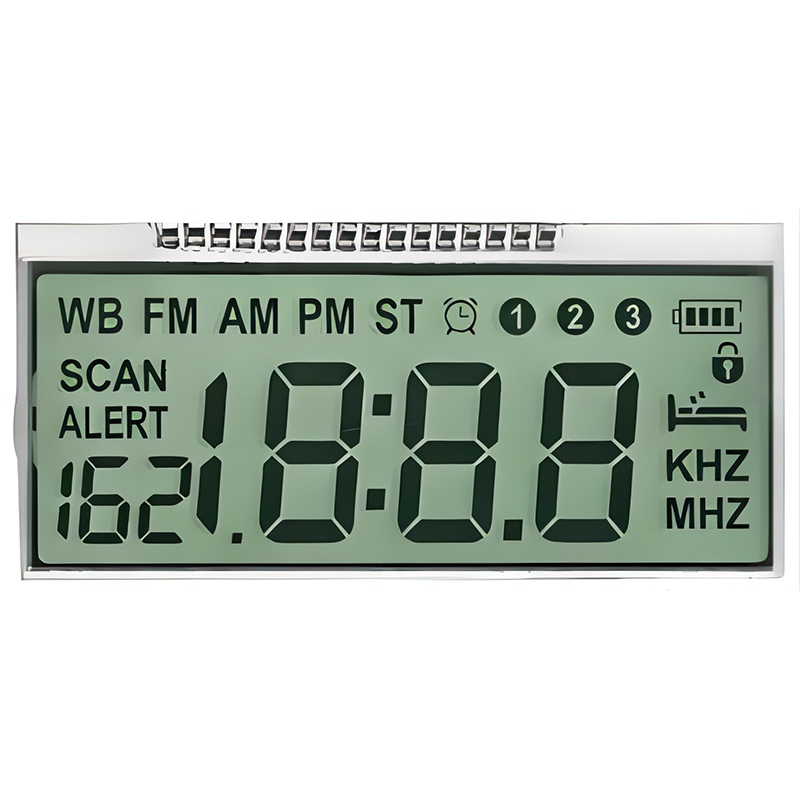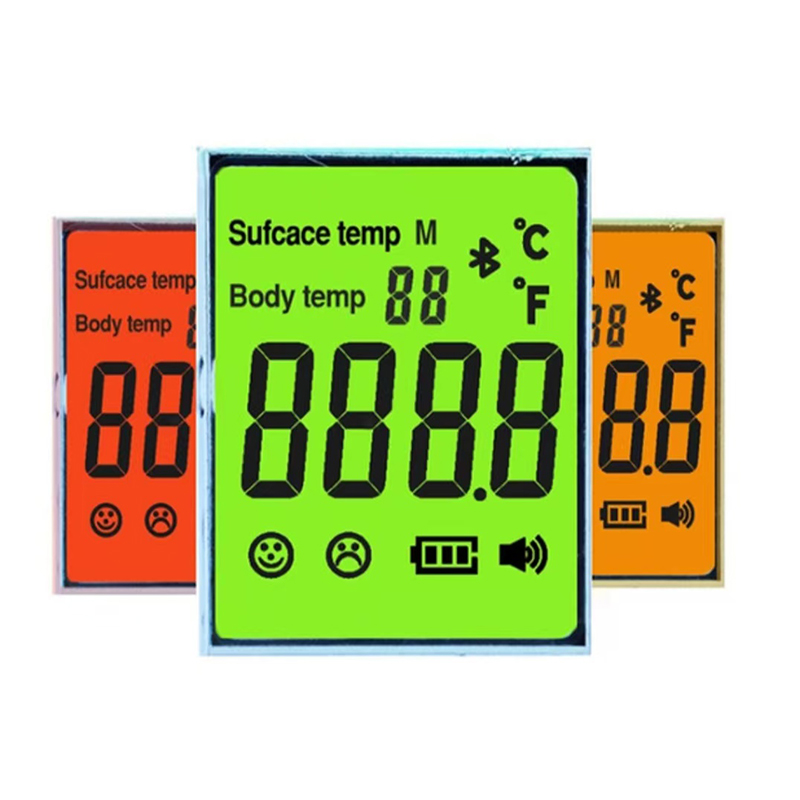
This comprehensive guide explores the world of transparent LCDs, detailing their functionality, applications, and key considerations for selection. We'll cover various types, advantages, disadvantages, and provide insights to help you make informed decisions when choosing a transparent LCD for your project. Learn about the technology behind these innovative displays and discover their potential to transform your designs.
Transparent LCDs, also known as transparent liquid crystal displays, are a type of display technology that allows light to pass through the screen while simultaneously displaying images. Unlike traditional LCDs, which are opaque, transparent LCDs offer a unique visual experience by combining displayed information with the view behind the screen. This makes them ideal for applications requiring a blend of digital content and physical surroundings.
These displays utilize both transmitted and reflected light, meaning they can operate in various lighting conditions. They are energy-efficient and offer good visibility even in bright environments. However, the transparency might be slightly compromised compared to purely transmissive types.
These transparent LCDs rely solely on transmitted light, providing the highest level of transparency. They require a backlight, making them less energy-efficient in comparison to transflective counterparts. Image quality is generally excellent, particularly suitable for applications prioritizing transparency.
Transparent LCDs find applications in diverse sectors, including:
Selecting the optimal transparent LCD depends on several factors:
| Feature | Considerations |
|---|---|
| Transparency Level | Balance between transparency and image clarity. Higher transparency often means lower brightness. |
| Viewing Angle | Consider the range of angles from which the display will be viewed. |
| Resolution | Select a resolution appropriate for the application's needs. |
| Brightness | Ambient lighting conditions will influence the required brightness. |
Table 1: Key Considerations When Selecting a Transparent LCD
Like any technology, transparent LCDs have both strengths and weaknesses:
For high-quality transparent LCD solutions, consider exploring the offerings of Dalian Eastern Display Co., Ltd., a leading manufacturer in the display industry. They offer a wide range of customized transparent LCD options to meet specific project requirements.
This guide offers a starting point for understanding transparent LCD technology. Further research into specific applications and manufacturers is recommended to make the best choice for your needs.



